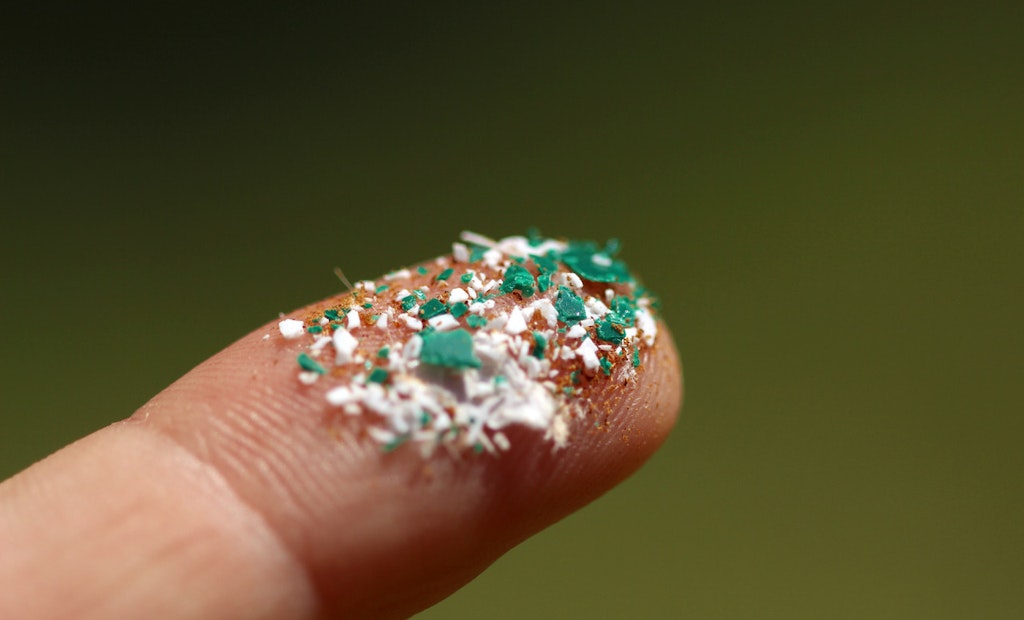A big challenge to the health of the Great Lakes takes a tiny form: microplastics, pieces of plastic no larger than 5 millimeters in size, or about the size of a pencil eraser. They have been documented throughout the lakes, in oceans, and even in tap and bottled water, sea salt...
Breaking Down the Great Lakes' Microplastics Problem
Popular Stories
Discussion
Comments on this site are submitted by users and are not endorsed by nor do they reflect the views or opinions of COLE Publishing, Inc. Comments are moderated before being posted.






